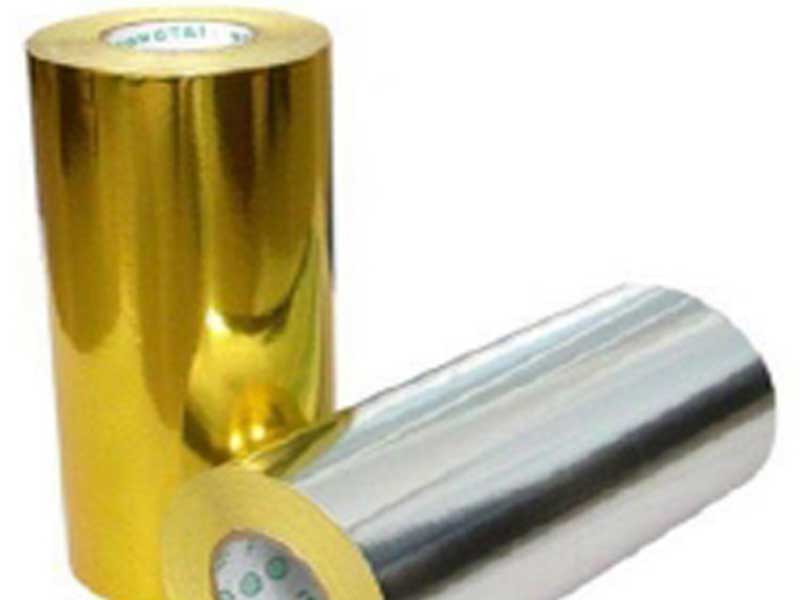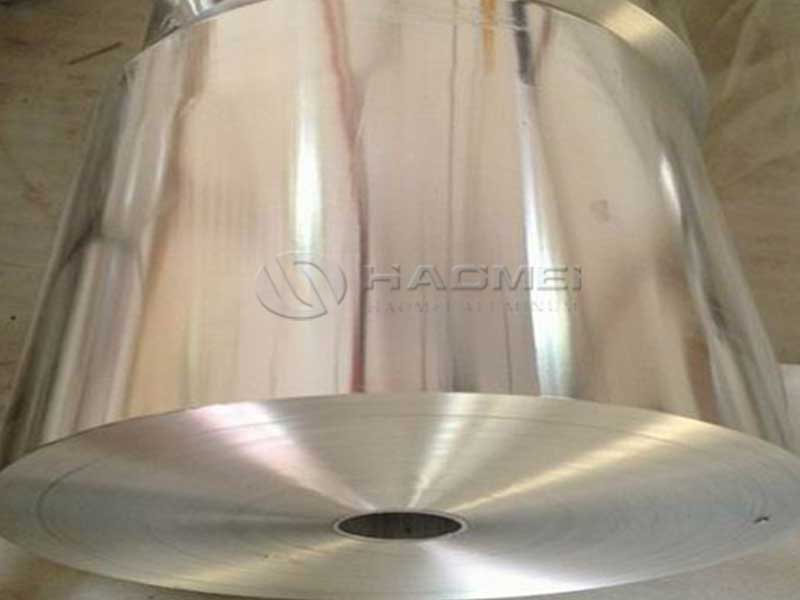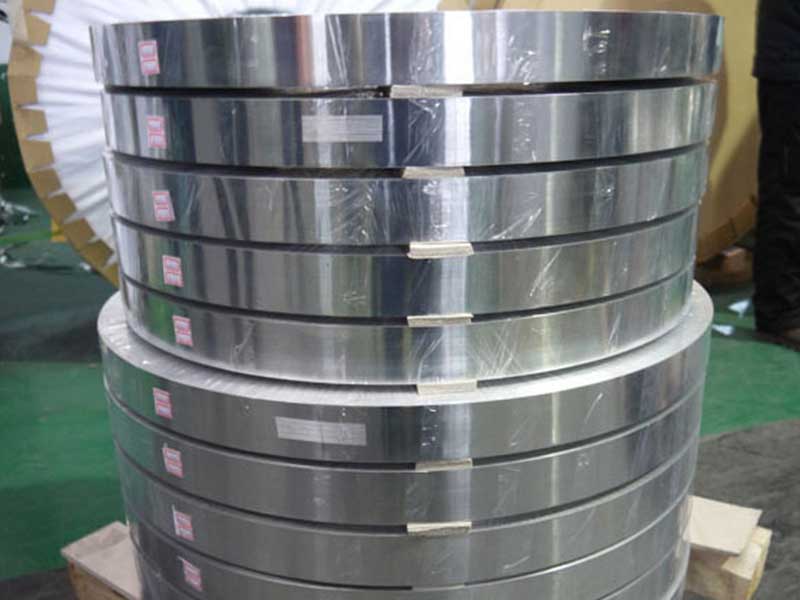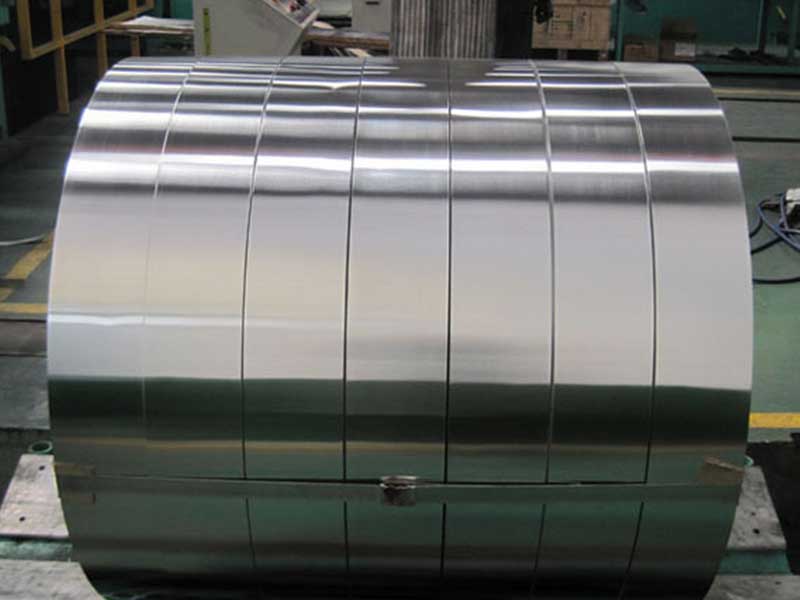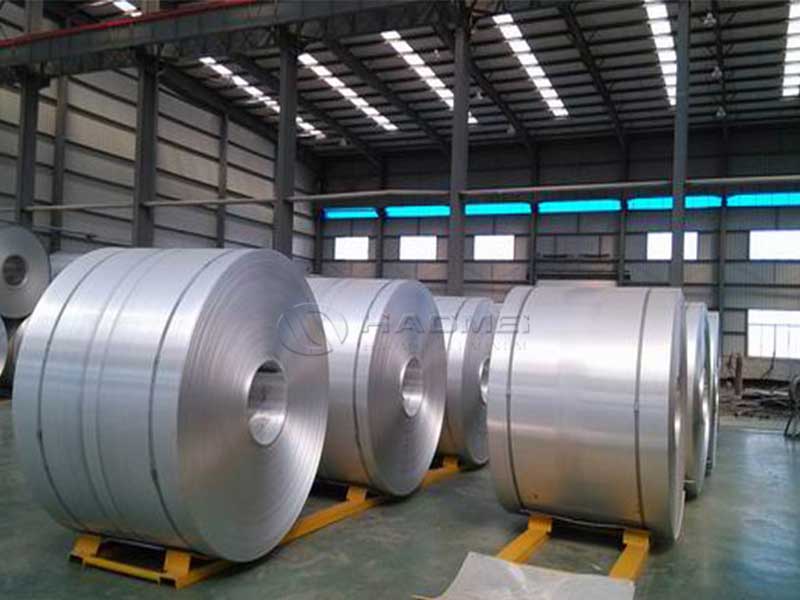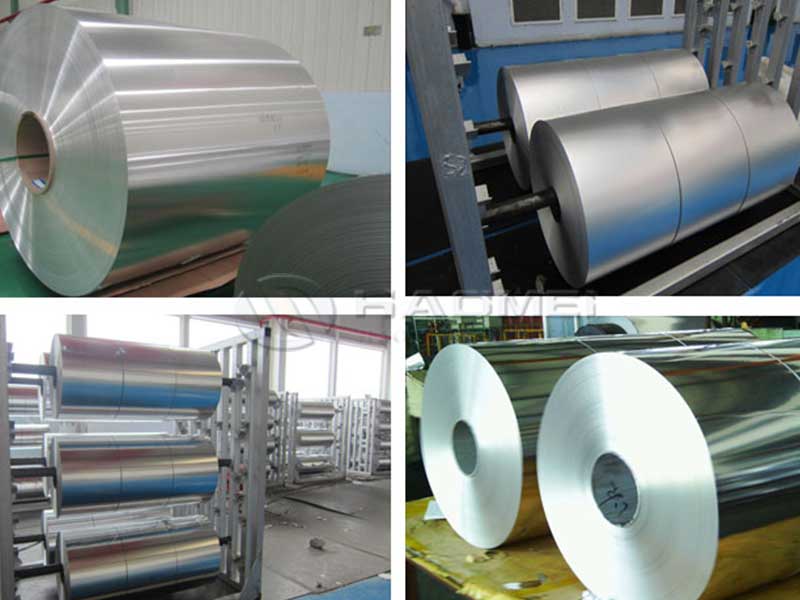Aluminium foil 8011 8079 1235
Aluminum foil has become an integral part of various industries, valued for its versatility and functional properties. Among the different grades available in the market, Aluminum Foil 8011, 8079, and 1235 is know due to their unique characteristics and applications. This guide delves into the nuanced features, applications, technical details, and chemical properties of these alloys.
Aluminum Foil Grades
Aluminum foil is categorized into different grades referred to by numbers such as 8011, 8079, and 1235. Each grade has specific characteristics attributed to its chemical composition and processing conditions, which in turn influence their behavior and use in various applications.
Parameters of Aluminum Foil
The fundamental properties of aluminum foil that determine its usage are:
- Thickness: Standard foils vary in thickness and can impact performance in specific applications.
- Ultimate Tensile Strength: Indicates the foil's ability to withstand tensional load before failure.
- Elongation Rate: Represents the foil's capability to stretch and deform plastically.
- Barrier Properties: Determined by the foil's thickness and alloy composition, it influences moisture and gas resistance.
Here are the specific properties attributed to Aluminum Foil grades 8011, 8079, and 1235.
Technical Specifications
Alloy Composition and Technical Details
| Alloy Grade | Chemical Composition (%) | Thickness Range (mm) | Temper Conditions | Ultimate Tensile Strength (MPa) | Elongation (%) |
|---|---|---|---|---|---|
| 8011 | Fe: 0.5 max; Si: 0.3 max | 0.01 - 0.2 | O (soft), H14, H18 | 70 - 90 | 1 - 26 |
| 8079 | Cu: 0.2 max; Fe: 0.5 max | 0.012 - 0.05 | O (soft), H18 | 90 - 120 | 4 - 18 |
| 1235 | Fe: 0.25 max; Si: 0.02 max | 0.006 - 0.035 | O (soft), H18 | 80 - 105 | 3 - 25 |
Chemical Properties
Chemical properties influence the corrosion resistance and usability of aluminum foils. Below are the typical chemical compositions of these aluminum alloys.
| Alloy Grade | Al (%) | Fe (%) | Si (%) | Cu (%) | Other Elements |
|---|---|---|---|---|---|
| 8011 | 95.10 | ≤0.5 | ≤0.3 | 0.01 | 0.10 ≤ Other Elements |
| 8079 | 91.00 - 95.00 | ≤0.5 | ≤0.3 | ≤0.2 | Trace elements |
| 1235 | 98.70 - 99.00 | ≤0.25 | ≤0.02 | 0.01 | Trace elements |
Implement Standard
The aluminum foil 8011, 8079 & 1235 adhere to internationally recognized standards, which guaranteed their quality and safety in usage:
- ISO 9001: Considered the international standard for quality management systems.
- ASTM B 464: Standard Specification for Aluminum Foil for Packing.
Functions of Aluminum Foil
The aforementioned grades of aluminum foil fulfill significantly important roles in several industries:
Packaging: The ability to restrict moisture and oxygen makes aluminum foils essential for food packaging, retail packaging, and pharmaceutical supplies.
Insulation: With excellent thermal barrier properties, aluminum foils are widely used in insulated houses, HVAC systems, and refrigerators.
Electrical Applications: The conductivity of aluminum makes these foils a popular choice for capacitors, transformers, and as barriers to electromagnetic interference.
Cooking and Crafting: Commonly used at home, aluminum foil is a convenient medium for cooking, baking, and more.
Applications of Aluminium Foil
| Industry | Applications |
|---|---|
| Food Industry | Packaging for food, K-cups, and composite film materials. |
| Beverage Industry | Wrapping for cans and bottles. |
| Pharmaceutical | Blister packaging and safety seals. |
| Construction | Thermal insulation and reflective materials in buildings. |
| Consumer Goods | Base material for labels and flexible gift wraps. |
https://www.al-alloy.com/a/aluminium-foil-8011-8079-1235.html


